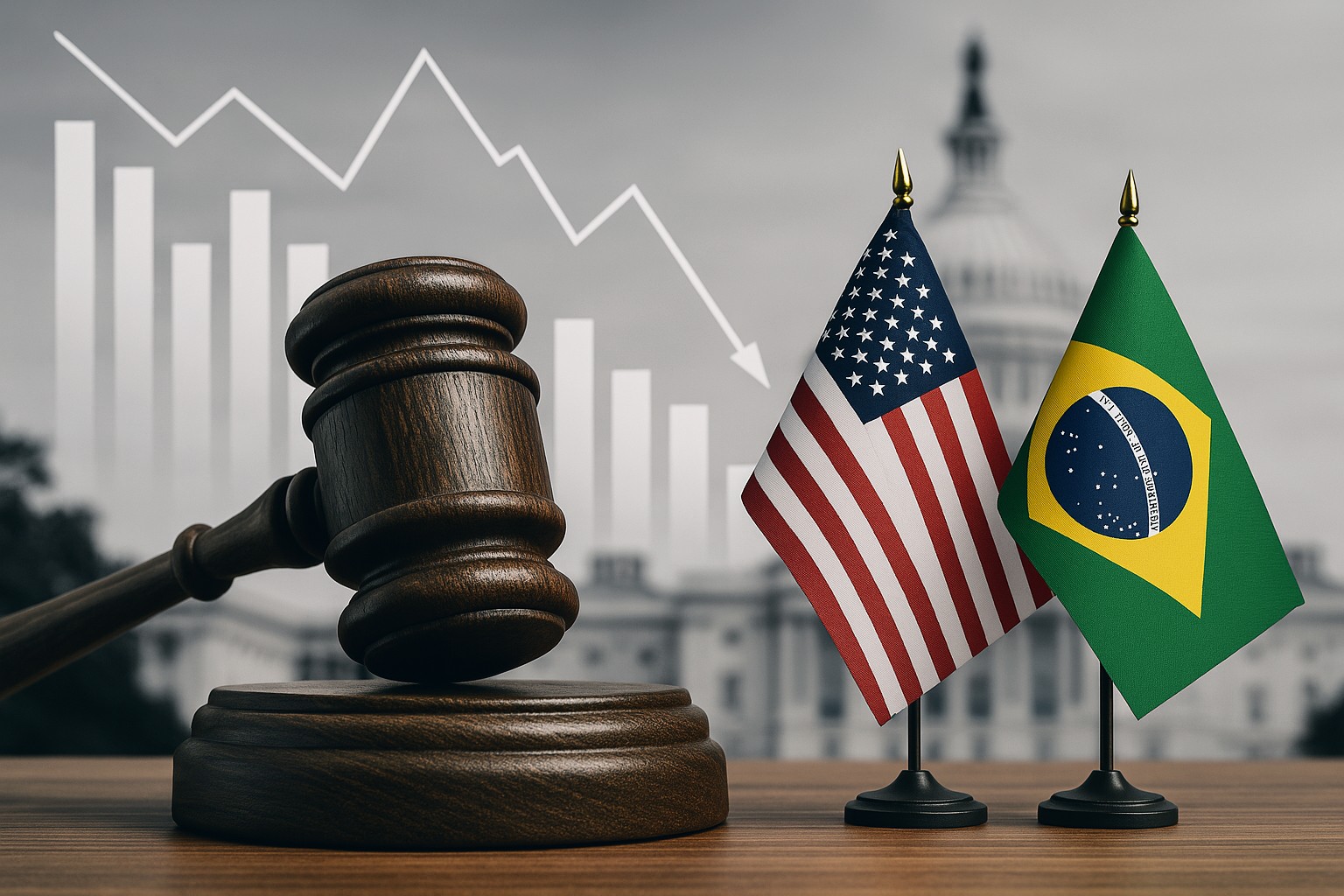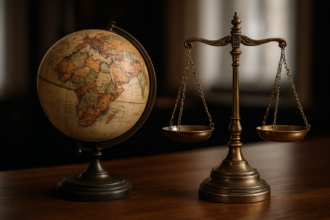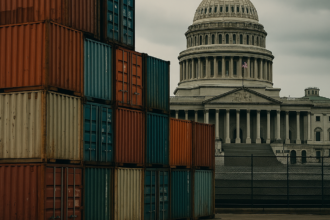US President Donald Trump has announced a massive tariff package, dubbed “Liberation Day” (“Liberation Day”), which marks a clear break with the principles of multilateral trade. The proposal establishes reciprocal tariffs: If a country charges 15% tax on an American product, the US will apply the same 15% on the equivalent product coming from that country.
The measure is a departure from the logic of the World Trade Organization (WTO), which seeks to guarantee equal treatment between nations, and opens up a scenario of uncertainty and global instability.
What's at stake
With the new package, the US will adopt a reactive stance towards trading partners. The list of possible targets includes economies such as China, the European Union, Mexico, Japan, South Korea and Brazil — all considered to be countries that impose “unfair” barriers to American products.
Experts point out that the plan also targets non-tariff barriers, such as sanitary or technical requirements, in addition to seeking to correct “excessive trade surpluses” and practices that disadvantage American companies.
Impacts for Brazil
In the short term, direct trade between Brazil and the US may not be the most affected. Sectors such as steel, oil and aircraft — the main export fronts for Brazil — are not yet on the front line of sanctions.
However, the financial and exchange rate risk is significant. Higher tariffs could put pressure on inflation in the US, forcing the Federal Reserve (Fed) to keep interest rates high for longer. This makes global credit more expensive, the dollar stronger and increases financing costs for emerging countries like Brazil.
Possible scenarios
Recent studies indicate three scenarios for Brazil:
- Simple reciprocity: US equals average Brazilian tariffs (currently at 11.3%) → loss of up to US$ 2 billion in exports.
- Tariff of 25% on Brazilian products → loss of US$ 6.5 billion, with impact of 0.25 pp in inflation.
- Brazilian retaliation with 25% tariff on US products → reduction in imports in US$ 4.5 billion and high of 0.3 pp in the IPCA.
A more hostile environment for free trade
This tariff policy also puts at risk US$ 9.5 trillion in global trade, according to estimates. Distrust in the markets increased: American stocks had their worst quarter since 2023, while gold renewed historical highs, and the dollar lost strength.
The fear of global recession gained momentum. For Brazil, the international environment tends to be more volatile, with lower external demand, more expensive credit, inflationary pressure and devaluation of the real.
Conclusion
“Liberation Day” signals more than a trade policy. It is a geopolitical statement, with effects that go far beyond the tariffs themselves. Brazil, even though it is not the main target, must redouble its attention — both in the diplomatic field and in economic strategies to mitigate the financial impacts of this new paradigm.





